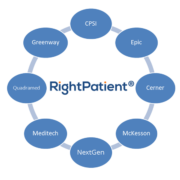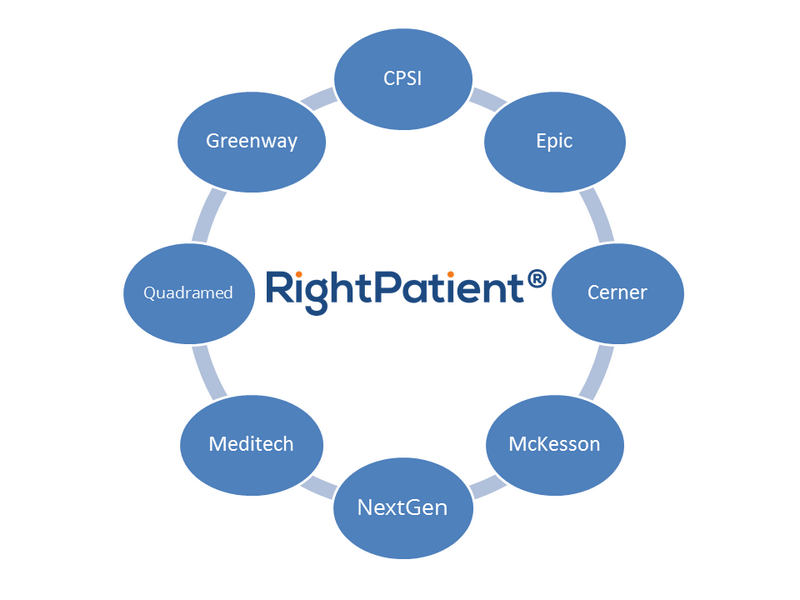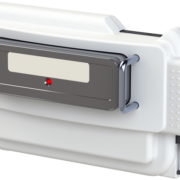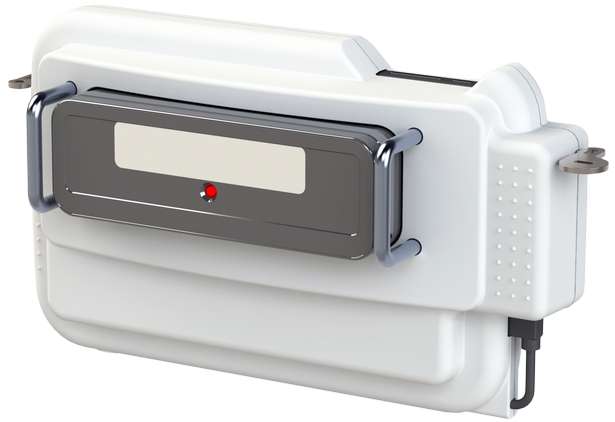Patient Identification in Healthcare: The Year in Review

2015 was another breakout year for the healthcare industry. From the transition to ICD-10 to advancements (or lack thereof) in interoperability to the expanding role of big data, 2015 demonstrated that healthcare continues to be in the throes of a major transition spearheaded by rapid digitization of the industry. While the jury is still out on exactly what type of lasting impact the events of 2015 will have, one area that stands out is the increased attention of establishing accurate patient identification.
There are simply too many downstream activities affected by accurate patient identification in healthcare to continue pushing the issue to the back burner of priorities, so we were quite pleased that 2015 seemed to be the year where the topic of accurate patient ID is finally getting the attention it deserves at the front of the line.

Did accurate patient identification in healthcare receive more attention in 2015?
Here is a recap of notable and influential patient identification news and events that we identified as the most impactful in 2015:
#1 – CHIME flexes its clout. Big time.
- The College of Healthcare Information Management Executives (CHIME) issues national patient ID challenge: Few things get people excited about an initiative than monetary incentives. In March of 2015, CHIME issued a challenge to help discover the most innovative solution to patient matching. The incentive?

Our take: CHIME’s national patient ID challenge is flat out smart. Dangling the financial carrot to the healthcare industry will surely spur innovative approaches to solving this issue and motivate health IT vendors to step up and address the challenge. Wholeheartedly backed by a coalition of influential organizations and individuals in healthcare, the challenge is poised to foster creative approaches to solving this dangerous and festering problem in healthcare.
- The College of Healthcare Information Management Executives (CHIME) presses Congress to remove the moratorium on funding research on establishing a national patient ID: In a strongly worded letter to Congress back in May, CHIME executives made their case that now is the time for Congress to remove the prohibition baring federal regulators from developing standards to improve positive patient identification. Here is an excerpt:
“We must first acknowledge that the lack of a consistent patient identification strategy is the most significant challenge inhibiting the safe and secure electronic exchange of health information. As our healthcare system begins to realize the innately transformational capabilities of health IT, moving toward nationwide health information exchange, this essential core functionality – consistency in accurately identifying patients – must be addressed. As data exchange increases among providers, patient data matching errors and mismatches will become exponentially more dangerous and costly.” (CHIME’s letter to Congress, May 7, 2014 http://bit.ly/1NVNvzk)
Our take: CHIME’s letter to Congress could be a watershed moment to finally push accurate patient identification into the forefront of priorities for the healthcare industry. Since CHIME is a very influential organization that Captiol Hill pays attention to, their public push to move forward on finding a viable solution to accurate patient identification in healthcare could prove to be the tipping point to solve this serious issue. In addition, at a Congressional hearing in June, CHIME publicly stated in a hearing convened by the Senate Committee on Health, Education, Labor and Pensions (HELP) that advancing accurate patient identification in healthcare will, “radically reduce medical errors and save lives.”
#2 – AHIMA adds their voice and influence to push for a patient identification solution
- American Health Information Management Association (AHIMA) leaders make case for national patient identifier at 87th Annual Convention and Exhibit: Citing data exchange and interoperability requiring the matching or linking of an individual patient across multiple healthcare organizations as a major concern of inaccurate patient identification, AHIMA added its voice to a growing cadre of organizations pressing Congress to conduct more research on the feasibility of establishing a national patient identifier.
Our take: As more well established and influential healthcare organizations lend their voices to solving the patient identification issue, the odds of discovering a solution will precipitously increase. Long viewed as a conscientious problem with too many complexities to solve, many healthcare professionals are finally coming to the conclusion that patient identification in healthcare is a single catalyst that directly influences the success or failure of many other initiatives in the industry: interoperability, health information exchange, and mHealth to name a few. We are pleased that AHIMA is more openly wielding its impact as a respected and trusted organization on such a critical issue in healthcare.
#3 – FHIR is great, but will interoperability never work without a national identifier
- OpenVista solution provider Medsphere Systems Corporation claims HL7’s Fast Healthcare Interoperability Resources (FHIR) represents a “false summit” without a national patient identifier in place: In an interview with our friends at HISTalk, Graham Grieve was quick to praise the progress on HL7’s FHIR specifications, but also stated that:
“There’s people out there who think that with FHIR we’ve solved all the problems. We haven’t, because we’re not authorized to solve lots of the problems” (Graham Grieve on frustrations of the moratorium Congress enacted to block funding research on a national patient identifier: http://bit.ly/1O3HbGK)
Our take: Without sounding like a broken record or belaboring the point, for quite some time we have voiced concerns about advancing interoperability in healthcare without first addressing the need to establish accurate patient identification. When you hear a quote like the one from Graham Grieve above from someone battling on the front lines of interoperability, it lends even more credence to the argument that it seems rather pointless and futile to continuing spending millions to advance interoperability in healthcare without having the ability to accurately identify patients in disparate health systems.
#4 – Biometric patient identification deployments continue to rise
- More on this topic in next week’s post, but 2015 was a banner year for biometrics in healthcare. From single sign-on to access control to accurate patient identification, we observed a rapid increase in the deployment of biometrics at hospitals across the globe. Research firm Tractica forecasts that the nascent global healthcare biometrics market revenue will hit $3.5 billion in revenues by 2024, foreshadowing the tremendous potential of this technology and making it one of the most promising opportunities for the biometric industry.
What’s your take on the year on patient identification in healthcare? What moments or events stand out to you? Leave us a note in the comments section!
Next week: RightPatient® – The Year in Review — a short post of our major accomplishments during 2015. Stay tuned!



























